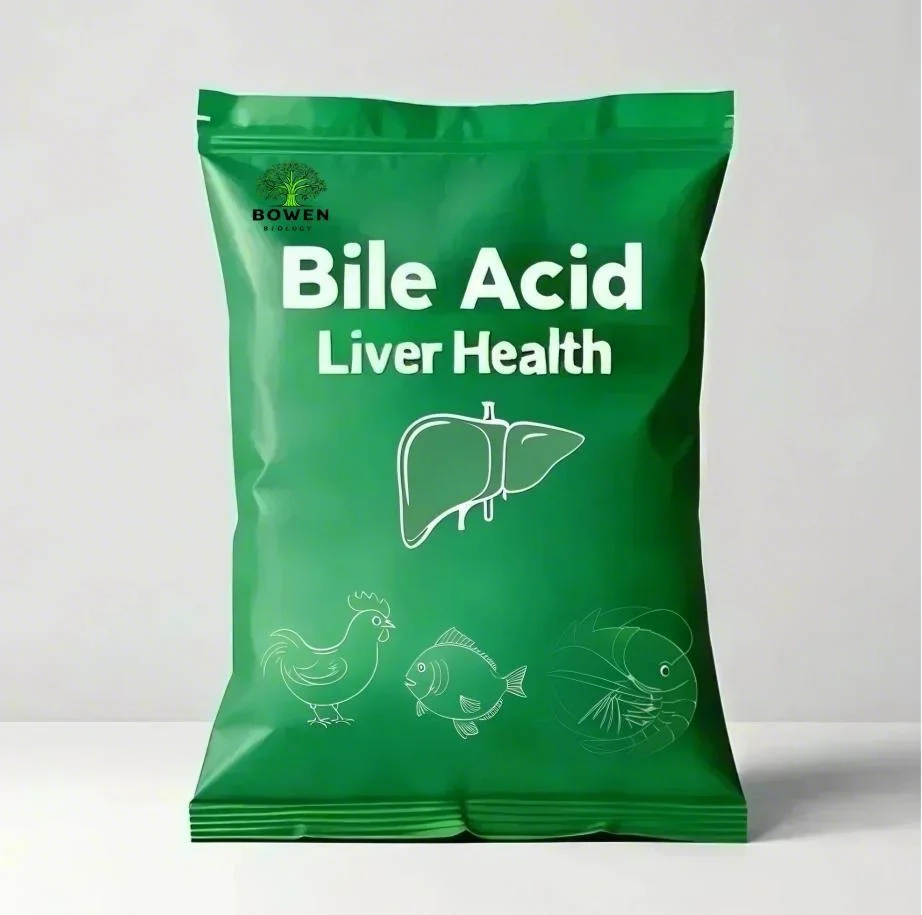1. Introduction
Feed additives are substances incorporated into animal feed to enhance various aspects of animal performance, health, and well – being. Among these, bile acids have emerged as a remarkable class of feed additives, offering a multitude of benefits that are revolutionizing the way we approach animal nutrition. This comprehensive article will explore the nature, functions, applications, and future prospects of bile acids as feed additives.
2. Understanding Bile Acids
2.1 Chemical Nature and Structure
Bile acids are a group of steroid – based carboxylic acids. Structurally, they consist of a steroid nucleus with a side chain terminating in a carboxyl group. The basic structure of bile acids can be modified through conjugation with amino acids such as glycine or taurine. For example, glycochenodeoxycholic acid and taurocholic acid are common conjugated bile acids. These conjugations not only increase the solubility of bile acids in aqueous environments but also influence their physiological properties and functions within the animal body.
2.2 Biosynthesis and Metabolism
The biosynthesis of bile acids begins in the liver, where cholesterol serves as the primary precursor. Through a series of complex enzymatic reactions, cholesterol is gradually transformed into primary bile acids, such as cholic acid and chenodeoxycholic acid. These primary bile acids are then conjugated with amino acids before being secreted into the bile ducts. The bile, containing bile acids, is stored in the gallbladder and released into the small intestine during the digestion process.
Once in the small intestine, bile acids play a crucial role in fat digestion and absorption. After fulfilling their function, a significant portion of bile acids is reabsorbed in the ileum and returned to the liver via the portal circulation, a process known as the enterohepatic circulation. This recycling mechanism allows the body to efficiently reuse bile acids, reducing the need for continuous de novo synthesis.
3. Key Functions of Bile Acids in Animal Nutrition
3.1 Facilitation of Fat Digestion and Absorption
One of the most well – known functions of bile acids in animal nutrition is their role in fat digestion and absorption. Bile acids act as natural emulsifiers. When dietary fats enter the small intestine, bile acids are released from the gallbladder. They surround the fat droplets, breaking them down into smaller, more manageable micelles. This increases the surface area of the fat, enabling pancreatic lipases to access and hydrolyze the triglycerides into free fatty acids and monoglycerides more effectively.
The emulsified fat particles, along with the hydrolyzed products, form mixed micelles with bile acids. These micelles are then absorbed by the enterocytes (intestinal epithelial cells). Inside the enterocytes

